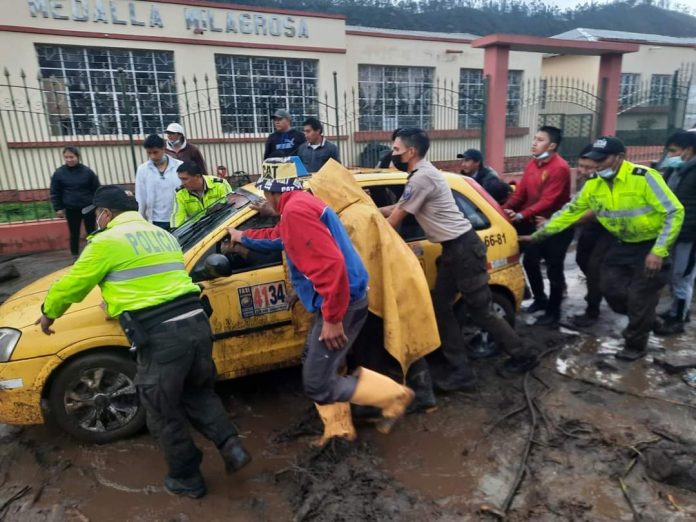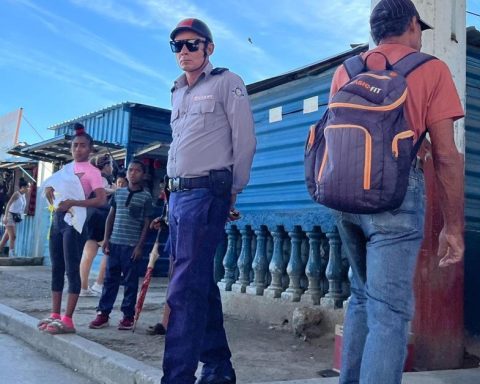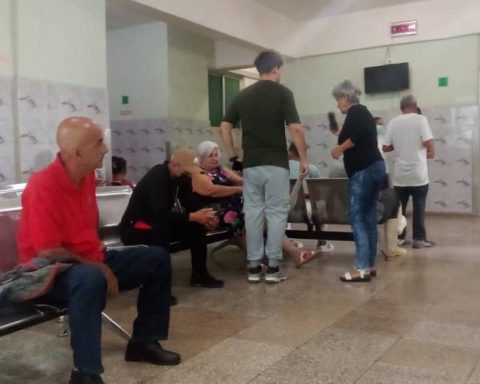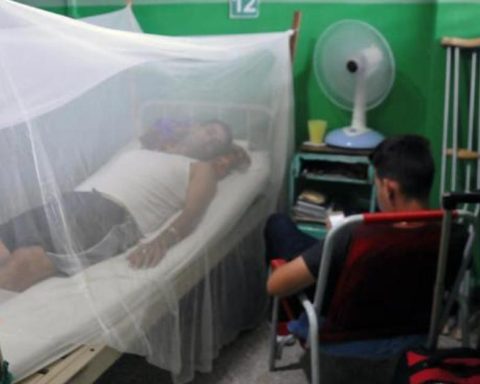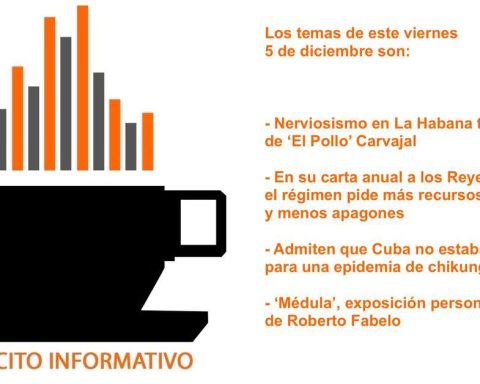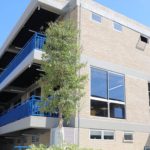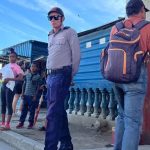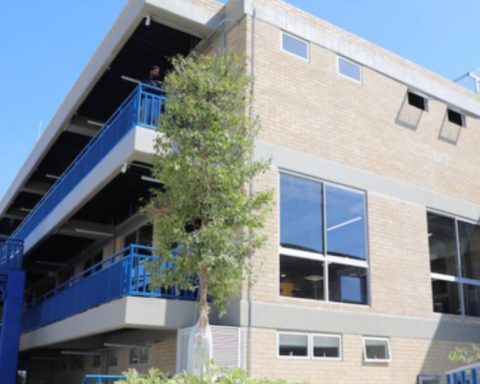The country is the third most prone to natural disasters in the region and one of the least prepared to face climate change.
According to the Environmental Change Initiative program of the University of Notre Dame (ND-GAIN), the countries that invest the least in risk management they are the least ready to face climate change and natural disasters.
This institution made ranking in which he detailed which were the most vulnerable nations and, among 182 countries, Ecuador occupies one of the last places: 108.
In Southamerica, Chile is the best positioned It ranks 28th, followed by Uruguay (51), while Ecuador is only ahead of Bolivia (133) and Venezuela (138).
The study details that these countries share characteristics such as government instability, few projects sustainable infrastructure and areas with scarcity of water and other basic services.
Thus, ND-GAIN calculates that people living in the least developed countries are “10 times more likely to suffer a climate disaster than rich countries” and not be able to recover from them.
Little investment to prevent risks
In 2021, Ecuador had an investment of $1,500,000, for risk and disaster reduction. Andres Machado, engineer in administration for disasters and management of risk, says that the item is not enough to act on the essential in prevention.
It details that, due to the pandemic, there was a reduction in technical personnel in the National Risk and Emergency Management Service.
“That is why we act on the fly and not before. For example, if there are areas identified as vulnerable to, I don’t know, landslides, what is necessary is that in times of rain there is already a prevention plan. Thus, for example, it would have prevented the Guano barrage reaches such a magnitude“, He says.
That is why, since 2015, the Association of Risk Management Professionals has lobbied for the approval of a Organic Law on Risk Management. Although, since then, three governments have been in charge of the country, none has shown interest in said law. The goal is for there to be a universal criterion for prevention and reaction to natural disasters and not for emergency decrees to be issued, which, according to Machado, are only “patches” and not long-term solutions.
Having a law that regulates the process of acting in the face of natural disasters (before-during and after) would avoid great economic and, above all, human losses, Machado details. For example, only in the earthquake of April 2016 there was a loss of 21,823 jobs, which generated $515 million in losses.
API / CEAR PASACA
Disaster-Prone Ecuador
The figures and the 2016 earthquake itself are the reflection of a country that, according to the World Bank (WB), is the third most prone to natural disasters in Latin America and the Caribbean (behind Peru and Haiti) and the thirteenth globally. This includes earthquakes, eruptions, landslides and affectation by climatic phenomena.
The data comes from global risk index INFORM.
Born between 2015 and 2020 will face more natural disasters
The study ‘Intergenerational inequalities in exposure to climate extremes‘ reports that people born between 2015 and 2020 will experience seven times more heat waves, the triple flood and twice as forest fires if countries, especially the least developed ones, do not change their climate policies.
Wim Thiery, one of the project scientists, said the figures are “a call to action. We need to drastically reduce greenhouse gas emissions to ensure the future of new generations and we have the necessary means to do so”.
The EFE agency says that, for a year and a half, the team collected large amounts of data on the lifetime exposure to natural disasters for each generation born between 1960 and 2020, from every country in the world.
In this way they were able to create simulations for the future generations depending on your country and year of birth and the increase in global temperature until the end of the century and, in turn, compare them with the life of those born in 1960.
